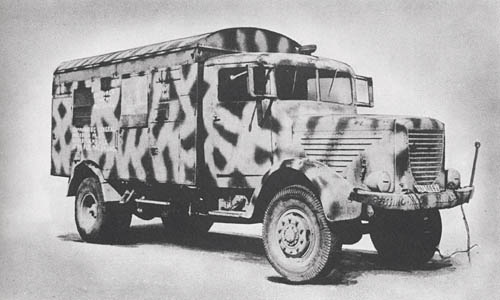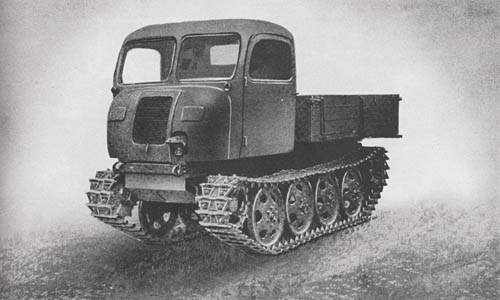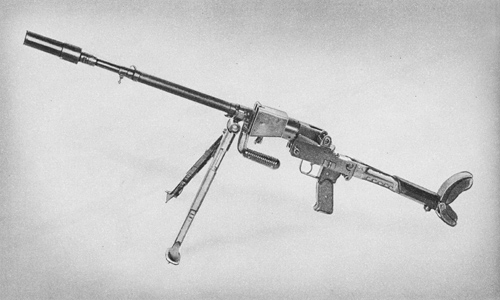
The German grenade-throwing rifle (Granatbüchse 39) is a modification of the
The barrel has been shortened to 24 1/8 inches. At the forward end, 4 7/16 inches of the barrel have been turned down to 13/16-inch diameter, and threaded back approximately 1 3/8 inch to accommodate the launcher base. The standard sights have been replaced by special sight equipment. The wooden forearm has been removed, and the carrying sling has been changed to the right side because of the position of the new sights. The bipod mount is located 6 3/4 inches forward of the breech.
The launcher threaded to the barrel is the Scheissbecher, which is also used on the Mauser Kar 98K rifle, firing the same grenades as with the present weapon. The launcher is 7 inches long; the inner tube is 5 1/8 inches long and 1 1/2-inch in external diameter.
Three types of grenades can be fired from the weapon: (1) antipersonnel grenade (Gewehr Sprenggranate); (2) small antitank grenade (Gewehr Panzergranate); (3) large antitank grenade (Gross Gewehr Panzergranate). The propelling medium used is a wooden bulleted blank cartridge. The cartridge case used is a standard 7.92/13 mm case such as is used in the
SPECIFICATIONS
| Caliber of launcher | 3 cm (1.18 in.) | |
| Weight | 23 lb. | |
| Length | 48 1/2 ins. extended | |
| 35 3/4 ins. folded | ||
| Length of barrel | 24 1/8 ins. | |
| Length of barrel with discharger | 29 1/2 ins. | |
| Feed | Handfeed | |
| Effective range | 80 yds. on moving targets | |
| 136 yds. on stationary targets | ||
| Front sight | Special grid type sight graduated up to 150 meters for the Gewehr Panzergranate grenade | |
| Hear sight | Fixed sight with open U notch |
German: p. 212
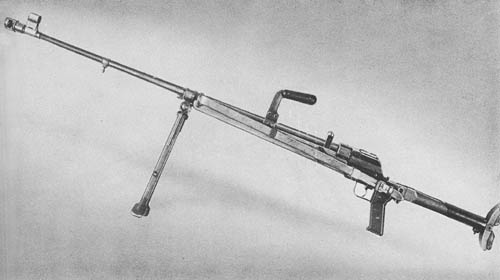
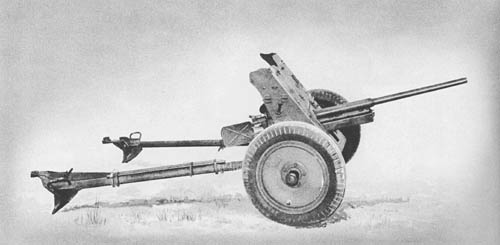
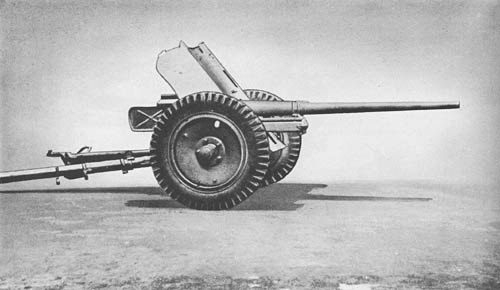
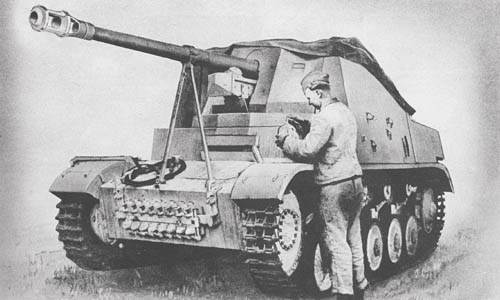
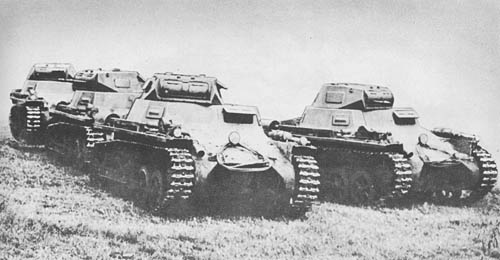
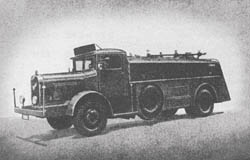 German nomenclature: schwerer Betriebstoffkesselkraftwagen (o) mit Fahrgestell des schwerer Lastkraftwagen (o).
German nomenclature: schwerer Betriebstoffkesselkraftwagen (o) mit Fahrgestell des schwerer Lastkraftwagen (o).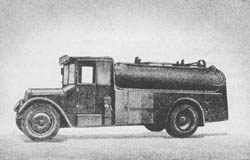 German nomenclature: mittlerer Betriebstoffkesselkraftwagen (o) mit Fahrgestell des mittleren Lastkraftwagen (o).
German nomenclature: mittlerer Betriebstoffkesselkraftwagen (o) mit Fahrgestell des mittleren Lastkraftwagen (o).